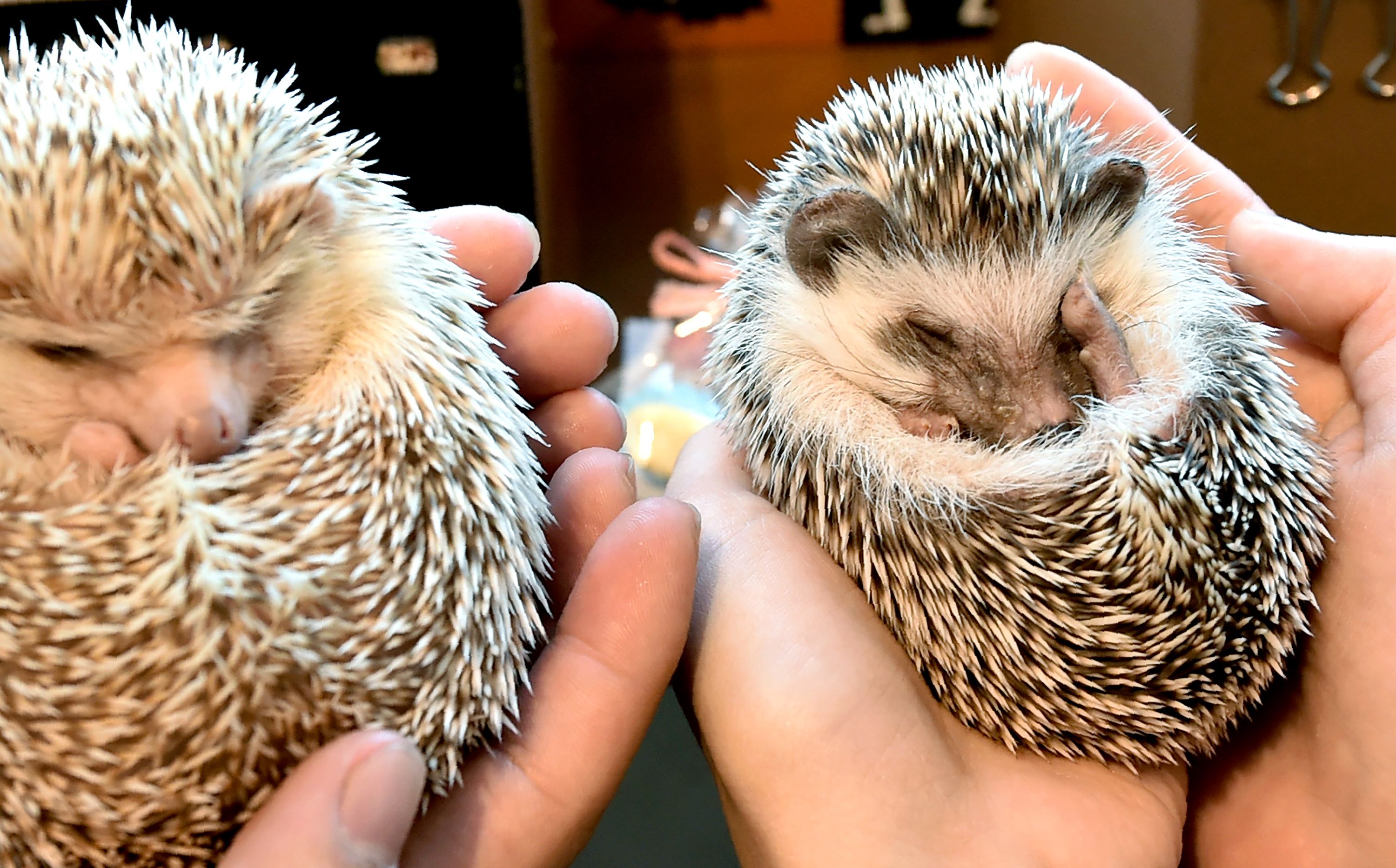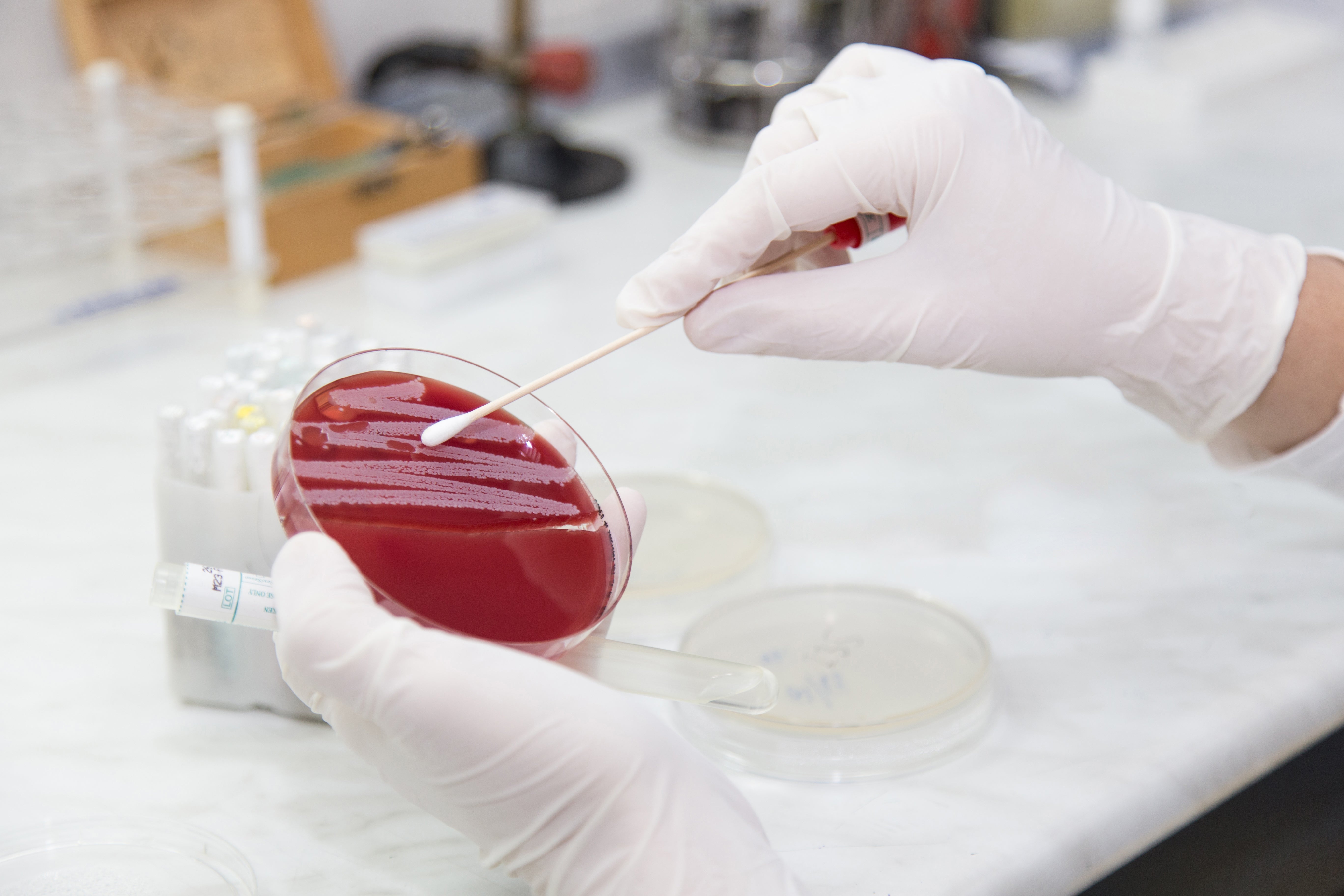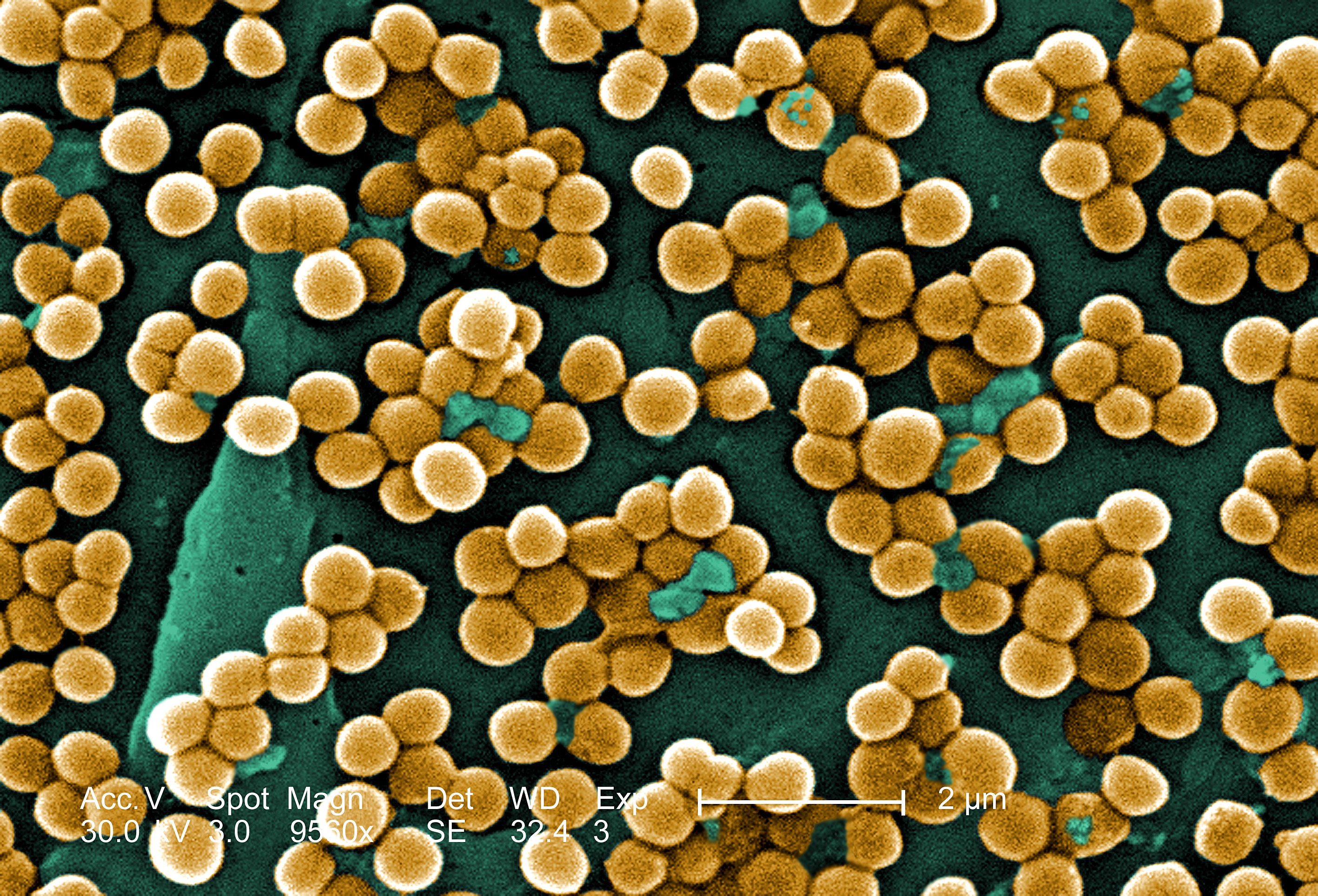Superbug MRSA found in hedgehogs in Finland
Findings reveal 10 per cent of hedgehogs had at least one MRSA producing strain, Thomas Kingsley reports


A highly transmissible strain of the antibiotic-resistant superbug MRSA has been found in hedgehogs in Finland, according to a study.
Researchers from the University of Helsinki said that the findings suggest a spillover of antimicrobial resistant (AMR) bacteria and genes to urban wildlife and should be closely monitored to limit the global emergence of novel antimicrobial resistance traits in the future.
Superbugs such as Methicillin-resistant Staphylococcus aureus (MRSA) are antibiotic-resistant bacteria for which there are limited or no treatments. European hedgehogs (Erinaceus europaeus) are common wild species living in urban areas, and were recently found to be a natural reservoir of MRSA.
Bacteria such as Escherichia coli (E. coli) and Klebsiella pneumoniae bacteria are common in the intestines of healthy people and animals while highly resistant strains with extended spectrum beta-lactamase-producing Enterobacteriaceae (ESBL-E) commonly cause urinary tract infections in people.

The findings, led by Venla Johansson, are due to be presented at this year’s European Congress of Clinical Microbiology and Infectious Diseases (ECCMID) in Lisbon next week.
The research team tested samples from 115 dead hedgehogs from the Korkeasaari Zoo Wild Animal Hospital in Helsinki between 2020 and 2021.
They found that 10 per cent of the hedgehogs assessed had at least one MRSA producing bacterial strain.
Four of the hedgehogs carried a particular MRSA strain (mecA-MRSA) that has been emerging in human patients in northern Europe over the last few years and is responsible for most of the clinical MRSA infections in Finland.
The study also found that the most commonly occurring ESBL resistance genes were blaCTX-M-1 and blaCTX-M-15, which are frequently found in human and animal isolates. Worldwide spread of blaNDM-1 and other antibiotic-resistant genes is a growing concern because they often target “last resort” classes of antibiotics, including Carbapenem.
“The clinical importance of the zoonotic potential, or whether mecA-MRSA in hedgehogs are of clinical concern to the animals themselves, is not known,” Ms Johansson said.

She continued: “It is striking that we also found around 10 per cent of hedgehogs were positive for ESBL-E-producing bacteria – double the prevalence in humans and companion animals in Finland (5 per cent).
“Our findings could indicate a spillover of antimicrobial resistance from anthropogenic sources to urban wildlife, possibly creating secondary reservoirs in the environment from where clinically significant resistance may spread elsewhere.”
However, Ms Johansson notes that it is not just hedgehogs that harbour antibiotic-resistant bacteria.
She said: “All wildlife and livestock carry many different types of bacteria, so there are many candidates for its dispersal in urban environments including humans themselves. Moreover, anthropogenic sources, such as waste, agriculture runoff and domestic wastewater have been linked to antimicrobial resistance transmission to wild animals.”






Join our commenting forum
Join thought-provoking conversations, follow other Independent readers and see their replies
Comments